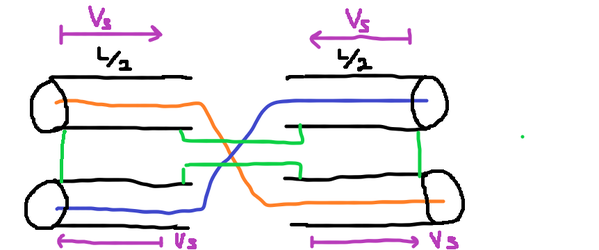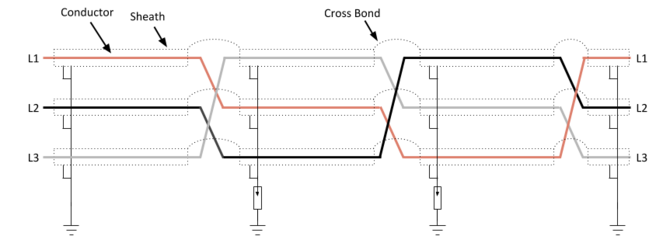F
Frisbee-Dave
Hello, I'm hoping someone can help me with a problem I've come across on behalf of a colleague.
A single phase PV system with a 6kW inverter has its AC running 187m underground to its point of termination. The cable that has been used is a run of 3 core SWA (6mm) carrying the neutral, and another cable of the same 6mm, 3 core SWA carrying the positive. The installer claims this effectively makes it a 2 core 18mm cable.
Would that be fit for purpose with the voltage drop over that distance (I gather 5% is acceptable loss?).
I've tried cable calculators online, but they default to the standard cable sizes either side of 18mm (16 & 25).
Thanks in advance to any of those that can help.
A single phase PV system with a 6kW inverter has its AC running 187m underground to its point of termination. The cable that has been used is a run of 3 core SWA (6mm) carrying the neutral, and another cable of the same 6mm, 3 core SWA carrying the positive. The installer claims this effectively makes it a 2 core 18mm cable.
Would that be fit for purpose with the voltage drop over that distance (I gather 5% is acceptable loss?).
I've tried cable calculators online, but they default to the standard cable sizes either side of 18mm (16 & 25).
Thanks in advance to any of those that can help.











